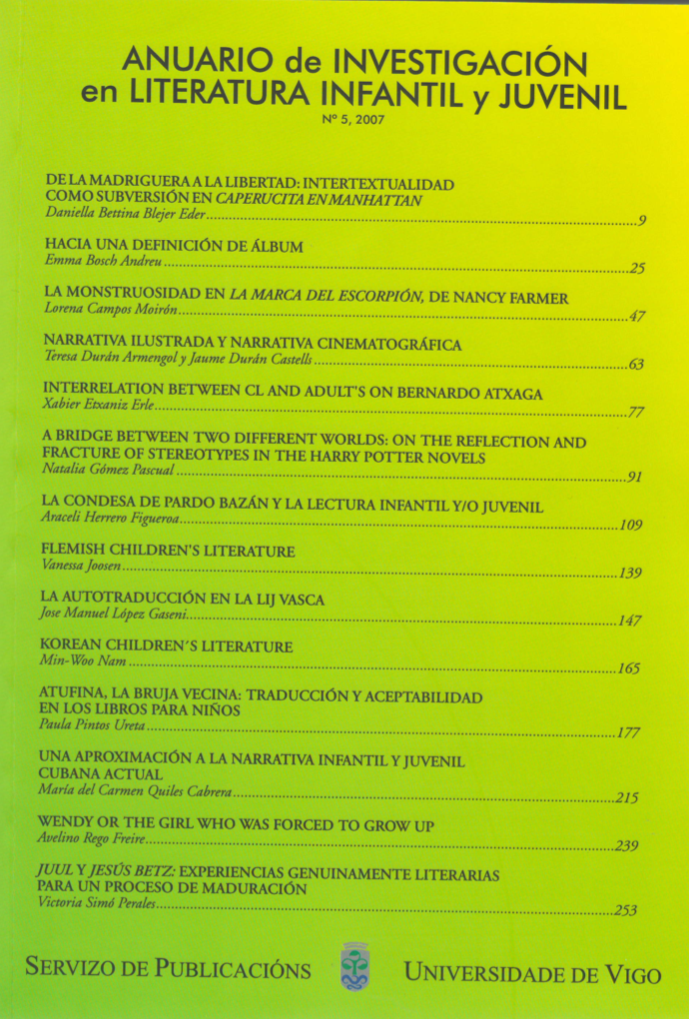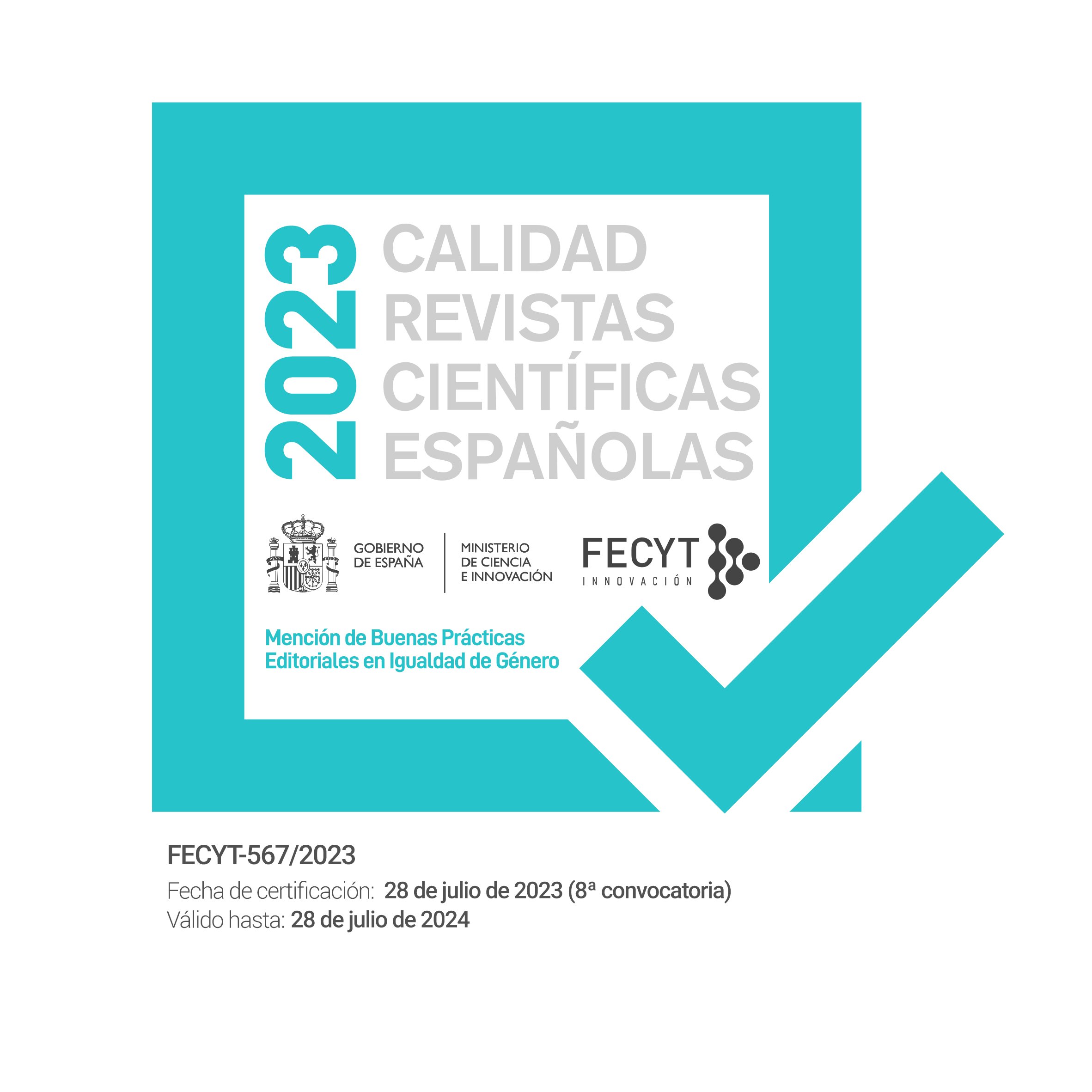Atufina, la bruja vecina: traducción y aceptabilidad en los libros para niños
Keywords:
children's books, translation, target pole, speech marks, humour, adaptationAbstract
Children's books as a genre is supposedly defined by the age of the readers (in spite of the current trend towards addressing an adult recipient as well as the child). When translating a book for children, moreover, we are faced with a situation in which the characteristics of the people we address are still a central factor to bear in mind, but these are not the same for our recipients as they were for those of the original text. We have a recipient of our own - a child with a completely different social background. Our translation of the children's book Pongwifty, a Witch of Dirty Habits by Kaye Umansky from English into Spanish is a good example of this divergence, since we think it wouldn't work unless undertaken from the target pole.
In this essay we will analyze all the factors we took into account from the preliminar phase (in which we considered issues like the double addressee, the peripherical situation of the genre within the literary polysystem, the translation assignment, etc) to the decisions we made and the reasoning behind them. This last point shall be exposed through examples from the source text divided into four cathegories: translation of proper names, of cultural references, of speech marks and humour.
Downloads
Downloads
Published
Issue
Section
License
Anuario de Investigación en Literatura Infantil y Juvenil has been published in open access from 2019 (vol. 17). The journal allows the authors to retain publishing rights. Authors may reprint their articles in other media without having to request authorization, provided they indicate that the article was originally published in Anuario de Investigación en Literatura Infantil y Juvenil. The journal holds the copyright of printed issues (volumes 0-16).





